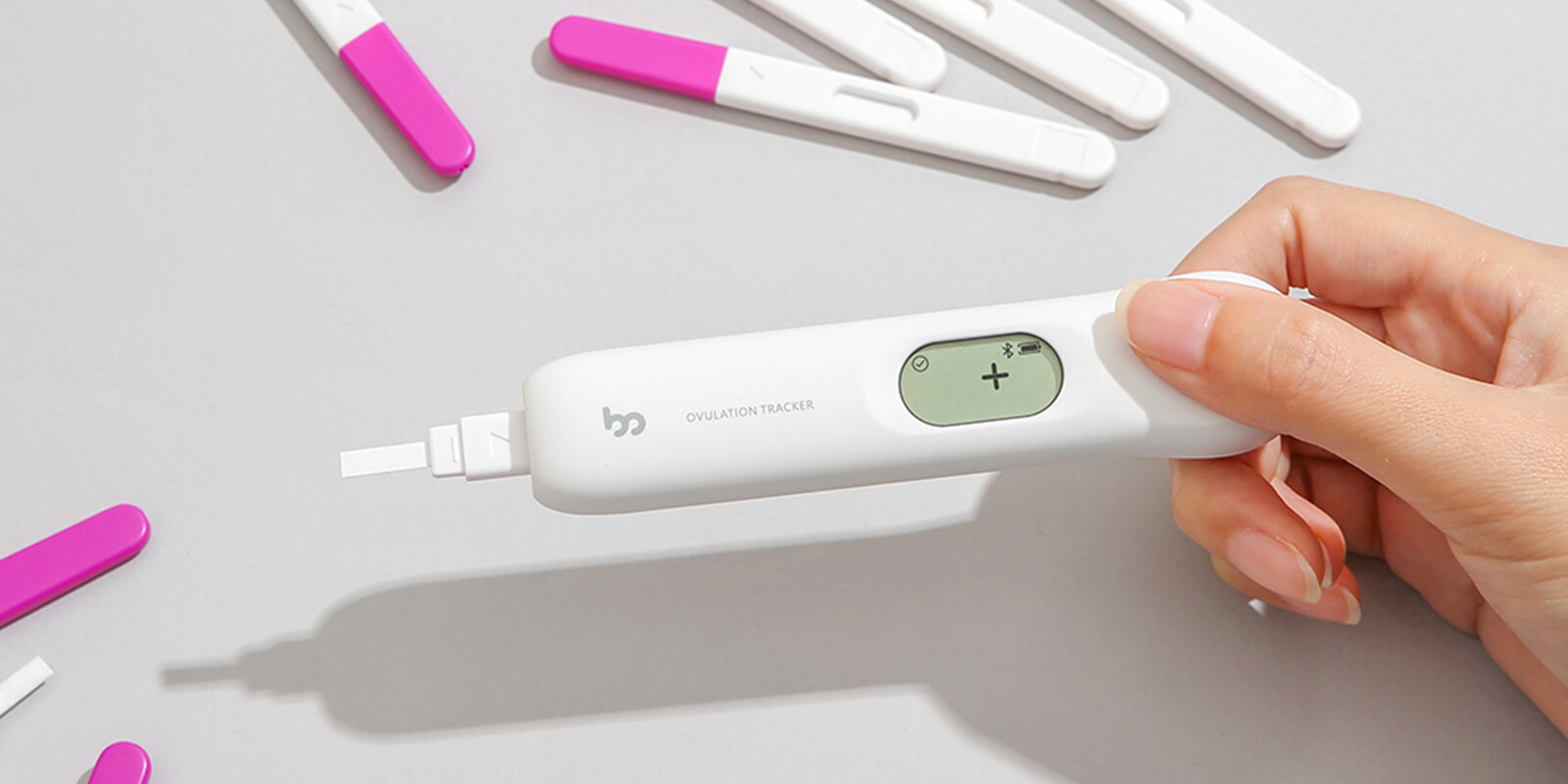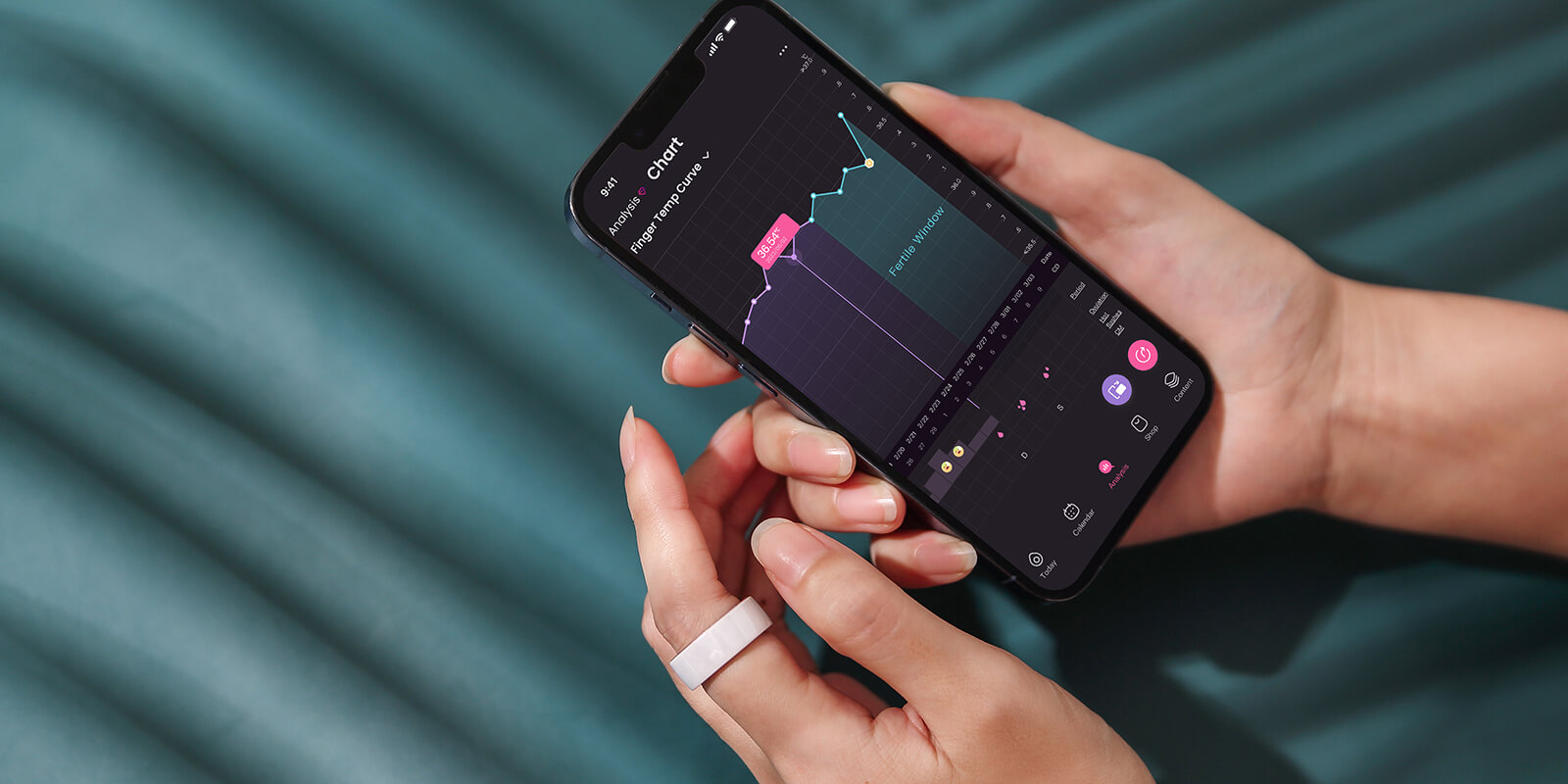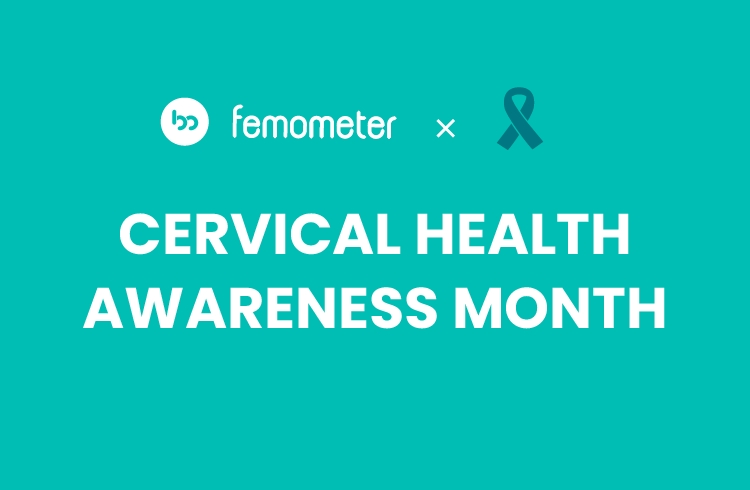Differences Between Irregular Periods and Missed Periods
Irregular periods, a common occurrence among women, deviate from the typical 28-day menstrual cycle. If the gap between periods is less than 21 days or exceeds 35 days, it's considered irregular. Approximately 14-25% of women experience irregular periods, and the prevalence can vary throughout different life stages. Irregular periods are more common during puberty and perimenopause, and factors like stress, lifestyle changes, and certain health conditions can influence menstrual regularity. It's essential to note that what is considered irregular can vary from person to person, and some irregularities are a normal part of a woman's reproductive life.
On the other hand, a missed period occurs when it's delayed by over 6 weeks. If you find yourself in this situation, consulting a doctor is advisable to rule out any underlying health concerns. Understanding the causes and solutions for irregular periods is crucial for those trying to conceive with unpredictable menstrual cycles.

Is It Possible to Ovulate Without Having a Period?
Yes, it is possible to ovulate without experiencing a subsequent period, a phenomenon that is more common among women with irregular menstrual cycles. However, the occurrence of ovulation doesn't necessarily imply lower egg quality. Women with irregular periods can still have viable eggs, and the quality of ovulation is influenced by various factors, including overall health, age, and lifestyle choices rather than the irregularity of the menstrual cycle. It's crucial for individuals with irregular cycles to focus on maintaining a healthy lifestyle and consider consulting a healthcare professional for personalized advice on optimizing fertility.
How to Track Ovulation With Irregular Periods?

1. Track specific hormones (LH)
Tracking ovulation with irregular periods demands a nuanced approach. One effective method is monitoring specific hormones, especially luteinizing hormone (LH), which surges just before ovulation. Traditional LH tests, although widely used, have their pros and cons. They provide a cost-effective means but may require interpretation of test line intensity, which can be subjective. On the other hand, digital LH tests like Femometer's Ivy103 offer a clear digital display, removing ambiguity.
2. Track basal body temperature (BBT)
In addition to monitoring hormones, tracking Basal Body Temperature (BBT) provides valuable insights into the ovulation cycle. Traditional thermometers, cost-effective yet requiring consistent daily use at the same time each day, are a common, but cumbersome choice. However, advancements like Vinca 2.0 BBT thermometer with an LED display screen and automatic syncing to Femometer's app (offering insights and advice) offer enhanced convenience.

For a more futuristic (and even easier) approach, Femometer Smart Ring for ovulation tracking offers the perfect solution. With its continuous monitoring and integration with the Femometer app, it simplifies the process even further, offering insights without any need to track or measure your BBT - simply wear the ring through the night! While each method has its pros and cons, the choice often hinges on personal preferences, lifestyle, and the level of sophistication desired in fertility tracking.
In conclusion, the irregularity of your menstrual cycle doesn't need to be a roadblock in understanding and harnessing your fertility. Ovulation tracking methods, whether through hormone monitoring or BBT, provide a clear window into your unique cycle.
By embracing and comprehending your natural rhythm, you gain not only a better understanding of your fertility but also a heightened sense of control over your life. Whether you're on a journey to conception or navigating birth control, these insights empower you to make informed decisions, aligning your actions with the nuanced dance of your body's natural rhythms.
This article is the original creation of Femometer. All rights reserved by Femometer Inc. To reproduce, distribute, or reference the content, please reach out to us in advance to prevent any potential legal issues. Copyright © Femometer Inc.










